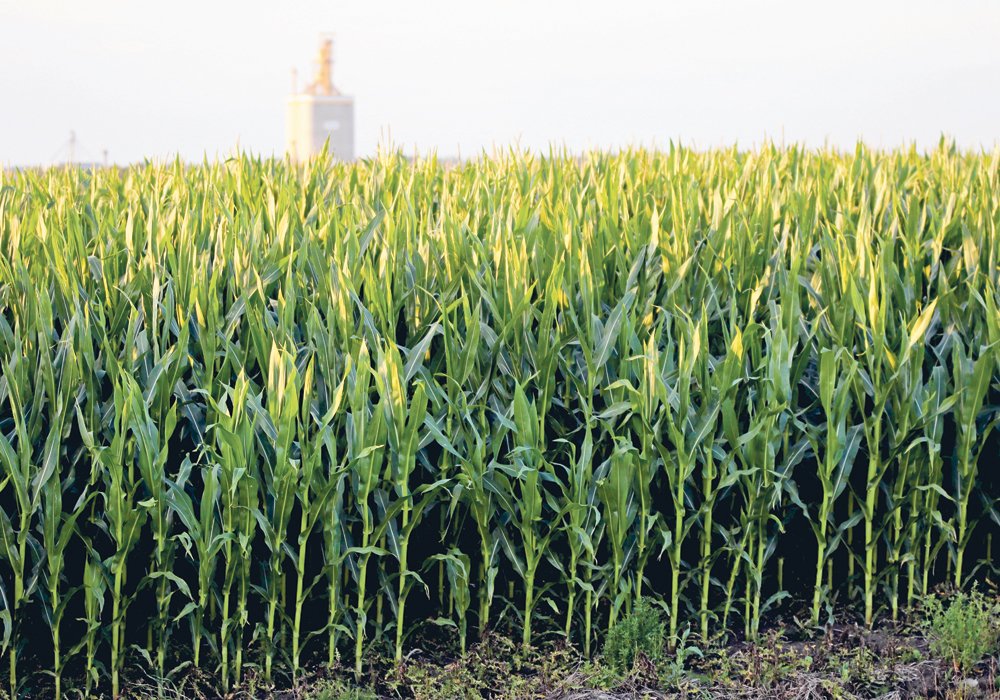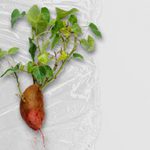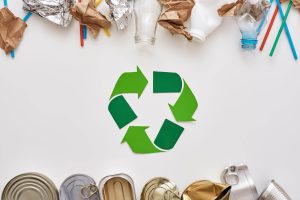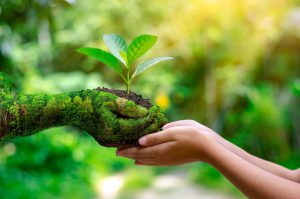
Plastic from trees, such an astounding idea. Do you know that plastics can be made from renewable organic materials?
This is nothing new in the market.
However, it is gradually becoming a reality because it provides a solution to an increasingly environmentally-aware marketplace.
The economy chain from industrial manufacturers, logistic companies, and even food and beverage brand owners commonly depend on plastics like Polypropylene (PP) and Polyethylene (PE). It is extensively produced for everyday processes. It is commonly found in food packaging, wraps, and plastic bags, which is part of our daily lives and commercial operations.
Plastics are made from limited fossil fuel. Therefore, it is not sustainable to totally depend on it.
However, what if plastic could be made from trees and also organic feedstock instead of depleting finite sources?
The good news is that bioplastics are being researched and developed further for advanced plastic packaging usability. Bioplastics have the same physical and chemical properties as regular plastic, except they are not made from fossil resources. They are formed mainly from renewable biomass resources coming from natural green origins.
The Benefits of Bioplastics
When you use bioplastic, you are cautiously conserving non-renewable organic resources. These fossil resources took up ages to form, and the modern world is currently depleting them rapidly.
The usage of bioplastics reduces greenhouse gas emissions. This is because bio-based materials produce significantly lower greenhouse gas emissions than traditional plastics over their lifetime. When broken down, there is no net increase in carbon dioxide released in the environment. This is because the plants (made from bioplastics) had already absorbed that same volume of carbon dioxide during their growths so there is no additional discharge.
Globally, the plastics industry produces 3.8% of all greenhouse gases. That is nearly double the aviation industry. If there were a 25% decrease in petroleum feedstock usage, it would be equivalent to reducing greenhouse gas emission of 16.5 million passenger cars produced in one year!
Bioplastics reduce carbon emissions and footprint as it uses restorable resources to produce renewable resins. Therefore, utilizing organic feedstock protects and preserves our precious environment. However, traditional plastics stay in landfills for a long time (landfills are one of the biggest man-made methane gas sources).
By using bioplastics, you are doing your part to be more socially responsible.
What organic feedstock can replace fossil fuels?
What is organic feedstock?
Feedstock is any unprocessed resource used to supply a manufacturing process. In chemistry, a feedstock is a chemical used to support large-scale chemical reactions. The term usually applies to an organic substance.
Renewable feedstocks or also known as biomass is a game changer for the better. It can be defined as a natural resource that can replenish itself within a timeframe.
Biomass is produced in nature. Plants use sunlight to convert water and carbon dioxide into organic compounds, of which 75% is carbohydrate-based with an empirical formula of C6H12O6.
There are a few categories for renewable organic feedstocks.
Among them are from starch (potatoes) and protein (wheat gluten and soy) and Lipid derived polymers (from plant and animal derived oils and fats).
These organic sustainable materials make a fitting substitute for fossil fuel resources.
Types of organic feedstocks
You can use different types of organic raw ingredients to make plastics. It is 100 percent recyclable so you can manage your waste process using these innovative organic alternatives.
Here is a list of feedstock that you can use.
Corn
– Fermented plant starch from corn is made into Polylactic acid (PLA)—a substitute for plastic raw ingredients
– PLA is “carbon neutral”
– Originates from renewable, carbon-absorbing plants
– PLA also doesn’t emit toxic fumes when destroyed
– Usually used for bottles, plastic bags, and even even medical devices (e.g. screws, rods, pins, and plates that can biodegrade within 6-12 months)
– Cons:
○ Inability to mix with other plastics in recycling
○ Has a slow rate of biodegradability
○ Dependency on genetically altered corn to provide more yield
Sugarcane
– Ethanol from sugarcane substitutes petroleum
– Makes eco-friendly plastics suitable even for industrial use
– Generates far less dioxide carbon emissions during production to fossil fuel production
– Coca-Cola first launched the PlantBottle in 2009 using Polyethylene terephthalate (PET) packaged containers made with Brazilian sugarcane (source: The Coca-Cola Company)
– Other businesses with bioplastic packaging efforts: Nestlé, Heinz, Danone, Pantene, Johnson&Johnson, and Ecover
Potatoes
– Potato Plastic is a biodegradable substance
– Made from Amylopectin and Amylose that originates from potato starch
– Decompose fast (in 2 months) into nutrients for the soil when disposed of
– Washable, reusable, and compostable
– Potato Plastic is also used for products such as straws, and even salt bags.
– SpudWare uses this innovation to make plastic cutlery—80% potato starch and 20% soy oil
– SpudWare’s plastic cutlery is strong with good heat-resistant that biodegrades in six months
Plastic from Trees — the wood stock
Do you know that we can create plastic from trees too?
When trees are processed into commodities, it creates a byproduct called wood chips.
These byproducts can be made into tall oil.
The oil is then used to produce a bio-based polyethylene portfolio using bio-naphtha (a byproduct of paper pulp production). These are part of the tree that goes to waste if not utilized.
Compared to other renewable feedstocks, tall oil is more sustainable. It is a secondary product from selected trees that are in process to make products like paper and cupboards. It doesn’t take up additional resources, disrupts the food chain and makes full use of the processing of trees.
When we are able to make plastic from trees, there is no need to specially make more land or divert another source from the food chain to obtain wood chips to produce tall oil.
Moreover, all materials are sourced from FSC (Forest Stewardship Council) approved or sustainably managed forest that doesn’t affect forest reserves.
Here is a video by Sally Le Page, an advocate of #teamtrees that talks in detail about it:
For the first time in the Asia Pacific, DOW has collaborated with Thong Guan to use biobased PE resins produced from organic tall oil. This birthed the Nano-Bio stretch film range, a sustainable series of bioplastic produced by state-of-the-art nanotechnology.
Besides being environmentally friendly, it ensures pallet load stability and curtails damages and accidents during transportation.
By using wood produce and other organic feedstock, you are using resins that comes from renewable sources which help preserve precious finite resources.
Conclusion: Plastic from Trees and Renewable Resources
While it is not feasible to eliminate petroleum-based plastics, using renewable resins to product plastic will help preserve our fossil resources.
Choosing alternative biopolymers derived from plant-based sources is a step towards this goal.
David Ang, sales and marketing general manager of Thong Guan Industries, talks about this as well. “Sustainability is not just a buzzword. At Thong Guan, our commitment is not solely on our products, but also in our processes and daily consumptions.
It is our unequivocal commitment to protect our home, reduce carbon footprint, and innovate our way towards an ecological balance for our future generations.”
As for now, the opportunity is in our hands. We invite you to choose renewable sourced plastics to help save our environment together. To find out more, contact us at info@thongguan.com.





